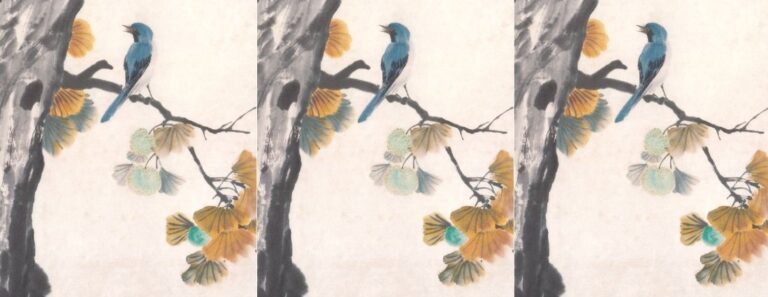Hangzhou, a city of twelve million in eastern China, is known for its cultural riches and natural beauty. It has been continuously inhabited for more than two thousand years and straddles the ancient Grand Canal, the longest of its kind in the world. At the western edge of the city is Xi Lake, also called West Lake, one of the most tranquil bits of scenery in China.
Surrounding the lake are a botanical garden, a zoo, an art museum, and a breathtaking hilltop pagoda offering city and countryside views in every direction. Photographer Jimmy Shen lives in a suburb of this beautiful city but finds his inspiration in the mountains about fifty miles to the west. The Tianmu Mountain National Nature Reserve is the only place in the world where a naturally occurring population of wild ginkgo trees might still be found.

There is no way to prove definitively that the enormous old trees growing there today weren’t cultivated by humans. Ginkgoes were almost certainly planted a thousand years ago by Buddhist monks at a temple near the top of the mountain, and it would be impossible to distinguish those trees from truly wild ones. Shen worked in advertising and was often hired to photograph buildings and scenery.
But throughout his career—going back to the days before digital photography, when all his images were on slides—he has been photographing ginkgo trees in the region. His aim was to document these ancient ginkgoes and to help people appreciate them. “In China, because we hav.
















